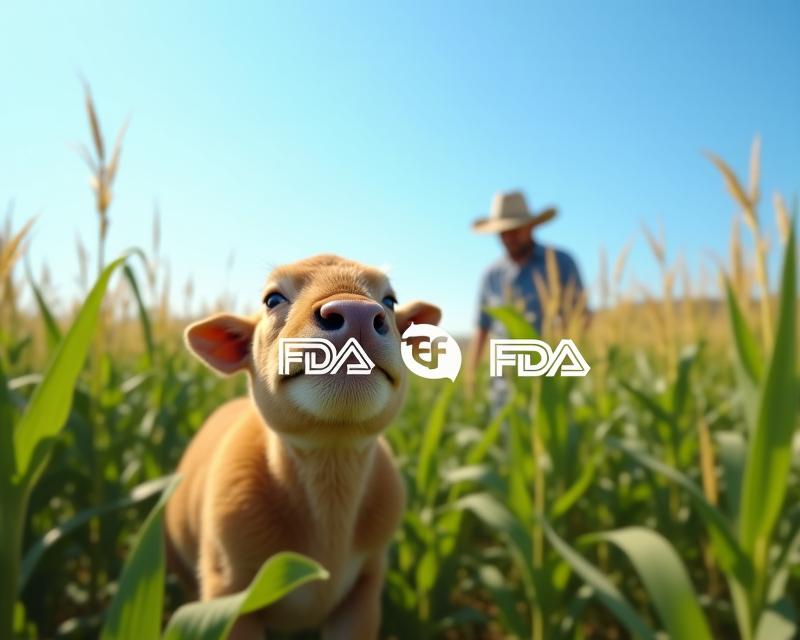Plum Picking: Knowing When to Harvest
Publish in Crops el 23/07/2025 16:58
Knowing When to Harvest Plums: A Farmer's Guide
Harvesting plums at the perfect time is crucial for optimal flavor and quality. Picking too early, and they'll be tart and hard. Picking too late, and they might be overly soft or even bruised. So, how do you know when your plum trees are ready to reward your hard work?

Color: The First Clue
One of the most obvious signs is color change. Plums don't just turn one uniform color; they develop a blush of color over their green base. This blush varies depending on the plum variety – some become a deep red, others a vibrant purple, and some a warm yellow. Look for the color to fully develop and spread across the fruit. Don't rely solely on color, though, as some varieties simply have a darker base color.
Firmness: A Gentle Touch
Next, check the firmness. Plums ready for harvest will be firm to the touch, but not rock hard. They should yield slightly to gentle pressure. Avoid plums that are overly soft or mushy, as these are likely overripe. A good test is to gently squeeze the plum – it should have a little give, like a ripe peach. If it's hard as a stone, it needs more time. If it’s too soft, it’s past its prime.
Flavor: The Ultimate Test
Of course, the best way to determine ripeness is to taste! Pick a few plums from different parts of the tree and sample them. The fruit should be sweet and juicy, with a balanced flavor that reflects the specific variety. A slight tartness is okay, but it shouldn't be overpowering. If the plums lack sweetness or have a sour taste, they need more time on the tree. This is the most reliable indicator, but it requires a little patience!
Other Indicators
Besides color, firmness, and flavor, look for these additional signs:
- Easy Detachment: Ripe plums should easily detach from the branch with a gentle twist. If you have to pull hard, they're not ready.
- Shaking the Tree: A small shake of the tree will result in only a few plums falling. If many plums fall, they are likely overripe.
- Insect Activity: While not always a definitive sign, increased insect activity around the plums can sometimes indicate ripeness.





